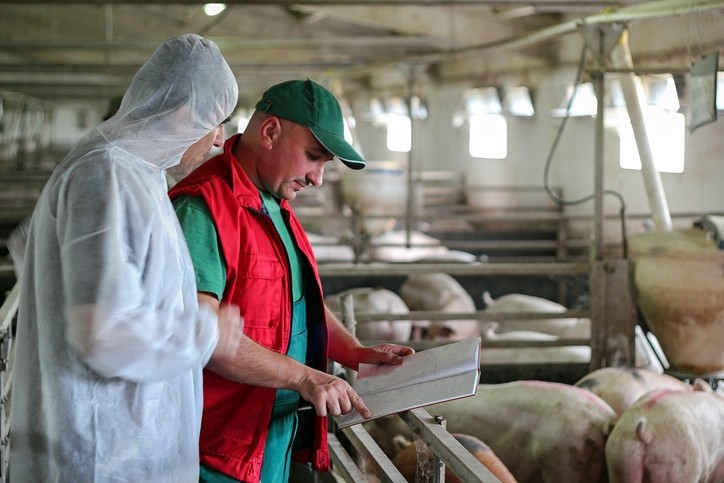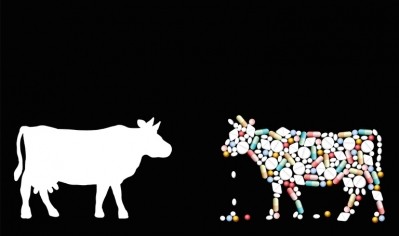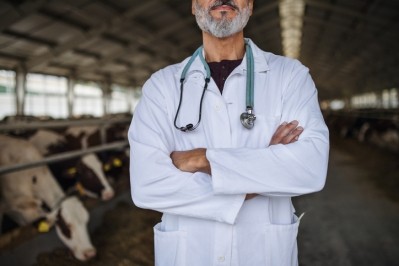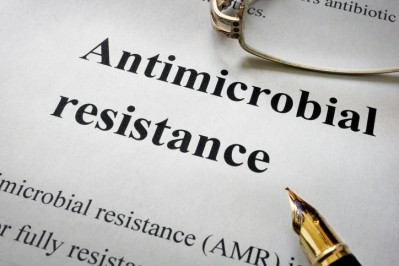Behavior change intervention to tackle antibiotic resistance

The AMU-FARM project, a collaboration between Teagasc and Animal Health Ireland, is designed to address the threat of antibiotic resistance by promoting behavioral change among farmers.
“The hope is that the provision of technical animal health advice and information using specialized communication strategies will improve awareness and understanding of antimicrobial resistance (AMR) and influence motivations to reduce antimicrobial use (AMU) in the farming community,” Aine Regan, research officer at Teagasc, told FeedNavigator.
One of the factors that has been identified as a significant driver of farmer behavior and attitudes towards antibiotics is the vet-farmer relationship. Farmers consider their vets a primary source of information on good animal health practices and advice. At the same time, vets report challenges in effectively communicating with farmers about necessary changes.
“It is for this reason that the AMU-FARM project will implement a behavior change intervention which will capitalize on the important role of vets and farm advisors – also an important gatekeeper for the farmer – and empower them to make changes to reduce the need for antibiotics on the farm,” said Regan.
Equipping vets with new skills
The project, which launches in October 2021, will run for four years with two primary aims: to test and validate methods to measure dairy farmers’ antimicrobial use and to equip farm advisors and vets with specialized communication skills to target behavior change on the farm.
To achieve the second aim, Regan said training will be delivered in the use of behavior change techniques (for farm advisors and vets) and motivational interviewing (for vets).
“The training will then be trialed by the farm advisors and vets over the course of two years with a number of selected dairy and pig farms in Ireland to explore the efficacy of these approaches,” she said.
Motivational interviewing
Animal Health Ireland, Teagasc’s partner on the project, will run the motivational interviewing training program with the vets.
“Motivational interviewing was developed by psychologists to help evoke internal motivation within clients and address any ambivalence to change that they may have,” explained Alison Burrell, a health psychologist at Animal Health Ireland.
“By using communication strategies such as open questions, affirmations, reflections and summaries, veterinary practitioners can promote a collaborative relationship during consultations with their clients, and engage in shared decision making around any change that needs to be made on farm to improve herd management practices or reduce antibiotic use,” she said.
An example of a behavior change technique that will be deployed is ‘self-monitoring’. The same principle that has been shown to increase physical activity levels will applied to antibiotic use. But rather than using a Fitbit, farmers and their advisors will be self-monitoring when, how and why antibiotics are used and setting SMART goals to help them use antibiotics more prudently.
Drive to limit in-feed antimicrobials
One of the targets of the project is to bring about a change in behavior that will result in reduced use of in-feed antimicrobials.
“Oral use of antibiotics in livestock is particularly worrying because of the high exposure of gastrointestinal commensal bacteria to antibiotics in the lumen of the gut. Using in-feed antibiotics in particular increases the risk of AMR,” said Carla Gomes, Pig HealthCheck program manager at Animal Health Ireland.
She continued: “We cannot accurately tell how much medication individual animals are getting, and this can result in prolonged exposure to antibiotics for some animals. This is due to factors such as hierarchy structures in the group or potentially lower intake of feed by diseased animals and results in real variability in intake of oral group medications in feed.”
Regulation EU 2019/6 on veterinary medicinal products, which comes into effect in January 2022, will increase pressure on the livestock industry to change its approach to in-feed antibiotics.
Under the new regulation, antimicrobial products for metaphylaxis and prophylaxis may be prescribed only in exceptional circumstances and for a limited duration to cover the period of risk.
“Currently in the pig sector in Ireland, most of the antimicrobials are provided in-feed for metaphylaxis and prophylaxis use. Therefore, identifying how to change behaviors to reduce the use of antimicrobials in feed will be a target area for this project,” said Gomes.








